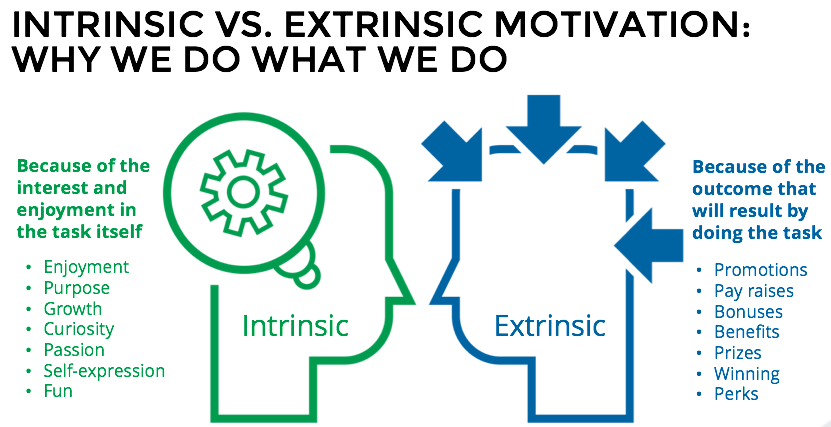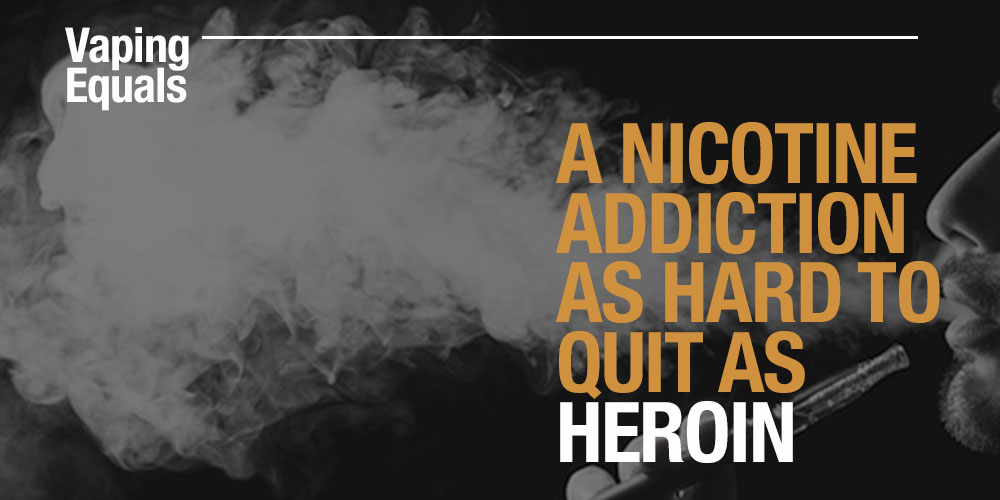Veronica Morano
August 6, 2019
Motivation
The Willpower Instinct by Kelly McGonigal, Ph.D. Book Report
General Overview
This book
studies self control in depth and shows the brain functioning behind it. It
also provides readers with ways to get more self control within themselves. The
book explains how self control is controlled by our brain and how certain
circumstances such as being tired can greatly impact its functioning. The
author, Kelly McGonigal, is a professor at Stanford University and she taught a
class called “The Science of Willpower” that became a very popular and diverse
class at the University. The book is set up in a way that almost resembles
taking the class and she encourages that a chapter be read and applied to your
life each week. The added bonus of the book beyond the class is that she
features many examples of the students in her class and their failures and
successes of applying the teachings of the class to their lives.
The book is
a beneficial read for anyone because as it becomes clear from reading it, you
are not human if you do not struggle with self control. We are faced with many
choices every day and our brain is constantly fighting or giving into our
impulses. She explains that we have three powers in our brain. “I Will, I
Won’t, and I Want” and we encounter all of these many times a day. Along with
learning a scientific explanation of willpower and getting real life examples
of life application of the teachings, there are many great exercises as you go
through the book. Things like breathing exercises, relaxation techniques, and
encouraged new ways of thinking are supplied to readers in each chapter to help
them better their life by gaining more willpower/self control.
Favorite Part
The part of
the book that I enjoyed the most was chapter two, “The Willpower Instinct: Your
Body Was Born to Resist Cheesecake”. The reason that I liked this chapter the
most is because it applies to my life the most. I feel like I am not the best
at handling stress in my life and trying to juggle school, work, volunteering,
and a social life while getting enough sleep every night is not the easiest.
The book notes that “Anxiety, anger, depression, and loneliness are all
associated with lower heart rate variability and less self-control.” (McGonigal
39). The author goes on to explain how when you are experiencing increased
levels of stress your self control abilities suffer. This opened my eyes to my
own life because I can recall that in the moments I am most stressed and
anxious, my decision making is impaired and I am more likely to lash out at
others or do things like eat unhealthy. McGonigal goes on saying, “Anything
else that you can do to reduce stress and take care of your health- exercise,
get a good night’s sleep, eat better, spend quality time with your friends and
family, participate in a religious or spiritual practice- will improve your
body’s willpower.” (McGonigal 39) I think this is something that almost all
college students need to be more conscious of for themselves. This ties into
the lecture slides on ‘Self Control, specifically Howard Rachlin’s approach to
self control, soft commitment. Soft commitment is a way to pattern behavior
over time in a way that benefits self control. It is a development of valuable
patterns that bridge over individual temptations. Replacing negative addictions
like drug abuse or overeating with positive addictions such as being social or
exercising. This part of the lecture from class very much aligns with the
teachings in this book. A final point that I appreciated in this chapter
was also beneficial to college students and it talked about sleep. McGonigal
noted how being sleep deprived makes you more susceptible to stress, cravings,
and temptation. As well as it makes it more difficult to control emotions and
focus. The best part of this chapter and the book as a whole? The techniques
provided to help these things in reader’s lives. They are: A breathing
technique where you slow your breath to 4-6 breaths per minute. The 5-minute
green willpower fill up- going outside for a brief time to reduce stress and
improve your mood. A relaxation technique where you lie down and use a
physiological relaxation response. And the encouragement to recharge yourself
with a nap or one good night’s sleep.
Relation to the Course
A study mentioned in this chapter
was done by Megan Oaten and Ken Cheng who tried a new treatment for self control.
Six men and eighteen women, ranging in age from eighteen to fifty years old
were used. After two months of the treatment they had attention improvements,
they reduced their smoking, drinking, and caffeine intake, spent less time
eating junk food and more time eating healthy food, spent less time watching
television and more time studying, had less impulse purchases, procrastinated
less, and felt more in control of their emotions. The treatment? Exercise. This
study really showed the remarkable effects of exercise on everything including
self control. This ties in greatly to class, specifically on the ‘drugs’
lecture slides. We learned in class that positive reinforcers from exercise are
improved physical and mental health, and goal achievement. A negative
reinforcer from exercise is a relief from stress and tension. And an exercise
high is a positive reinforcer that is characterized by euphoria and mood
improvement. Something I found very interesting in this part of the class is
that exercise can actually become addicting. Exercise tolerance is similar to
drug tolerance which is a decline in euphoria from exercise that is the result
of physical conditioning. Which means the person will have to exercise more
often to get the same level of positive feelings. This is crazy to realize but
it makes sense after reading in the book how beneficial exercise can be to your
mind and life- it is understandable that it can become addicting.
Creative Component

Every day that I walk into my condo this is the first thing I see
on the table near the door. Candy is definitely an area where I could benefit
with some more self control. Since this is the first thing I walk into it is almost an unconscious thought to grab something
when I walk in. This book has made me think more about this behavior though and
I have realized I am more prone to grabbing candy or extra pieces on days that
I am more tired or stressed. This makes sense because when certain areas of our
brain are deprived we are more likely to make impulsive choices like snacking
on candy instead of something healthy. This book has opened my eyes to a lot of
my little behaviors like this and that just simply being more aware of them and
retraining the brain can make all the difference when it comes to self control.
The following link is to a video that explains how easy it is to make choices
to eat sugary things like candy and how this can be very addictive and
detrimental to health. https://www.youtube.com/watch?v=SoQblPWVHvw
Extension
This book
addresses an issue that we all face everyday- the issue of self control and
having good willpower. This can be small things like skipping candy as
mentioned above or it can be larger things like not cheating on a spouse or
stopping a drug addiction. No matter the self control issue, understanding how self
control works in our brain functioning is essential in gaining more willpower.
The book not only provides this understanding but it provides readers with all
kinds of activities and ideas that will help them have more willpower in their
life. I will practice the exercises in my life and watch for the positive
changes that many of Kelly McGonigal’s students experienced in her willpower
class. I believe this is a book that could benefit anyone who reads it and that
it will greatly help any reader in gaining more willpower to better their
life.
Works Cited
McGonigal, Kelly. The
Willpower Instinct: How Self-Control Works, Why It Matters, and What You Can Do
to Get More of It. Penguin Group, 2013.









